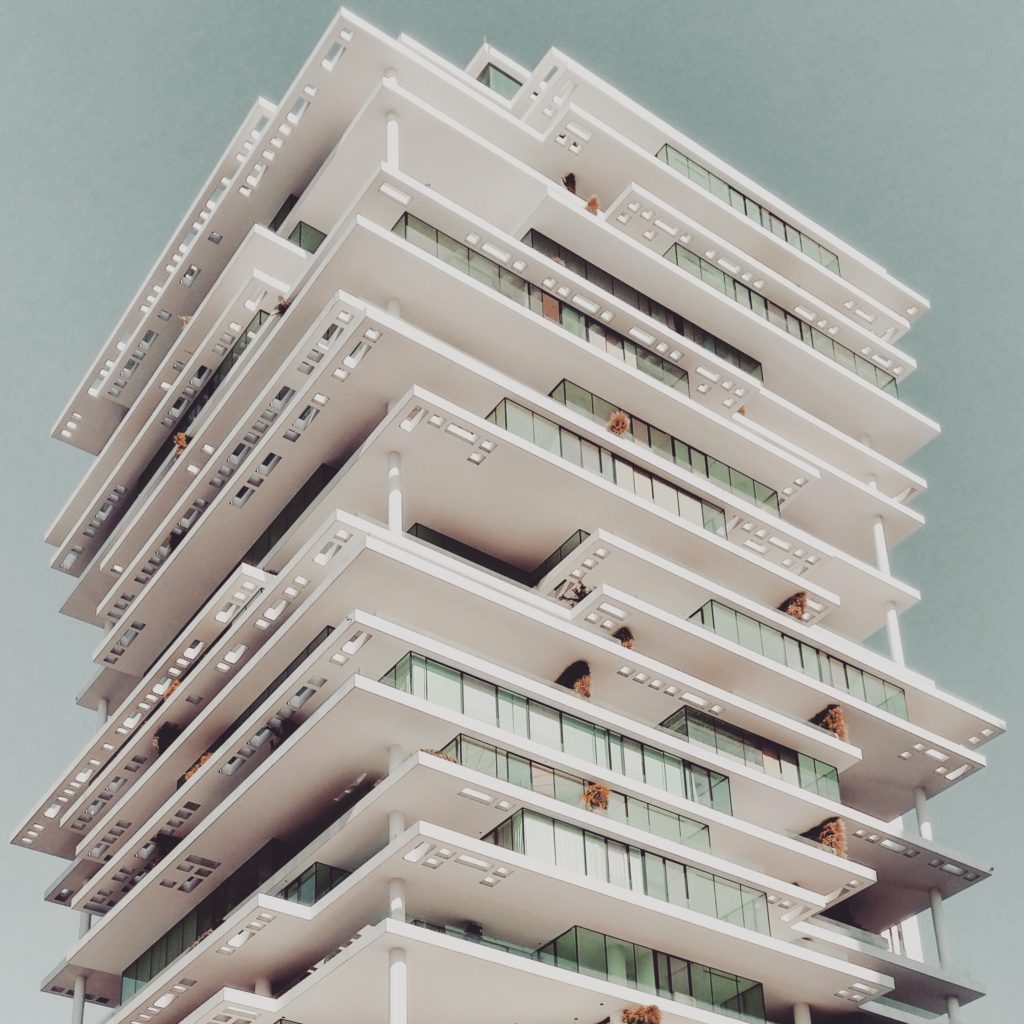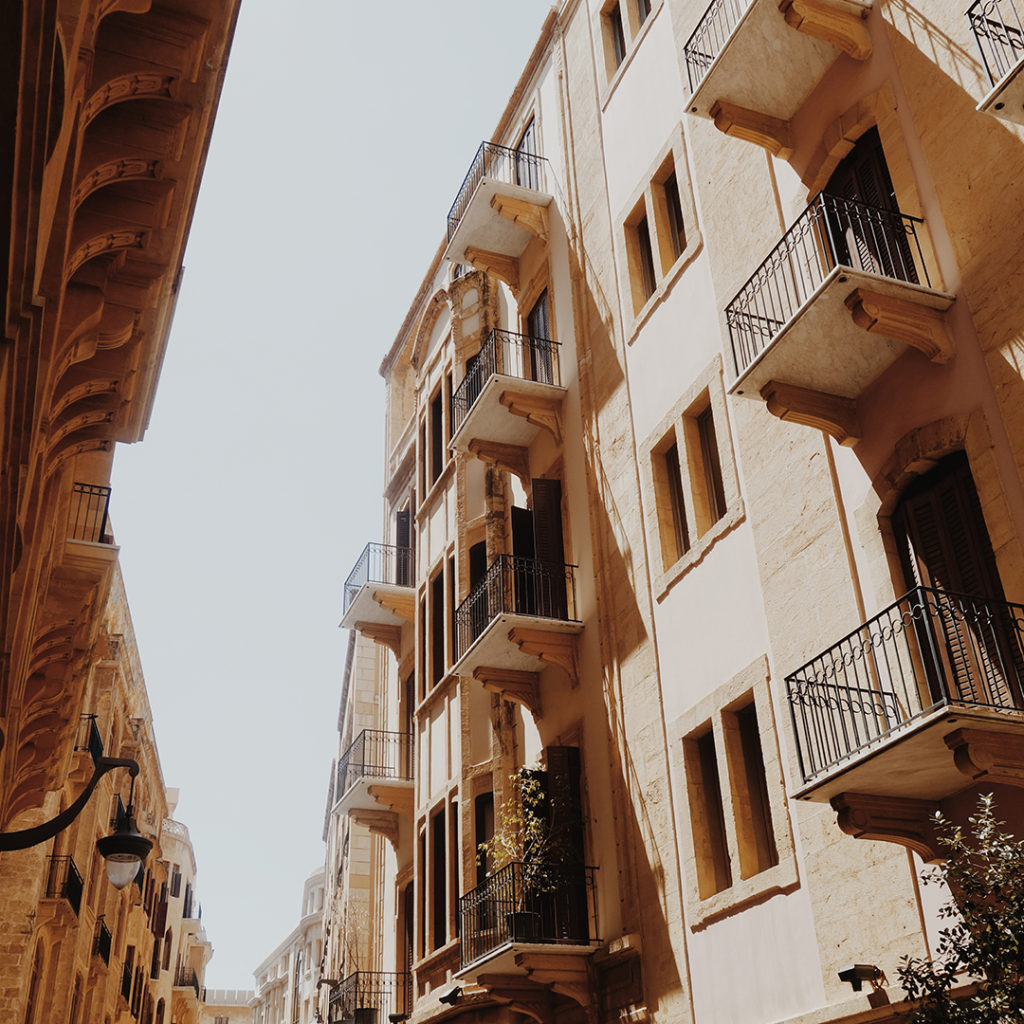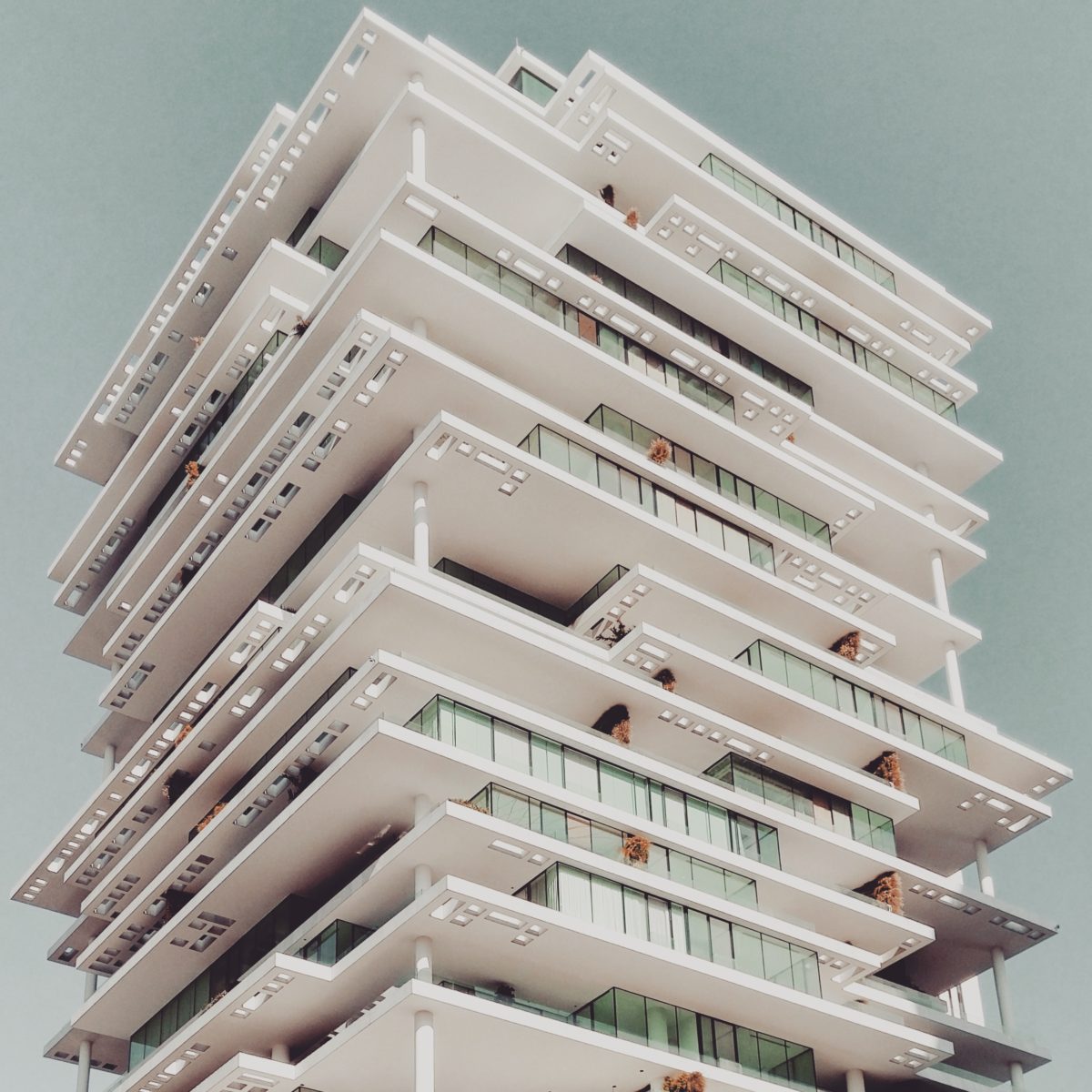
The ongoing transformation of Beirut’s Downtown, at a first glance, is pretty much like the one experienced by other “high profile” cities. After a fifteen-year war conflict, which finished in 1990, a big part of the city was destroyed.
Now, after more than two decades of a post-war period, the number of new developments, as well as the astonishing aesthetic showed in the new projects is remarkable. The high standards of the reconstruction are undeniable. The parade of luxurious towers that unfolds along the seafront gives the impression of a city rising and thriving. But, how does this development path shape the urban structure of Beirut’s city center and moreover what social consequences is this prompting?It is unavoidable to feel attracted to this new prominent architecture, but after walking for a while, you certainly realize that there is something missing, and it suddenly turns obvious.
The reconstructed areas of the Downtown and the new developments are oriented to feed a high-income market, deploying the full range of designer brands, luxurious restaurants, residences, and hotels.
For anyone that has any idea of how cities should work, it is clear, if they don’t add a more balanced mix of uses -and users- maybe by amplifying the target they want to reach -, the area is at risk of experience at some point a lack of vibrancy and livability.
The area of the re-developments is widespread, which brings the question, are there so many people able to fulfill these standards? The evidence suggests that not.
Between the Foch and Uruguay Streets, it is visible how some stores/bars/restaurants are being dismantled. – While walking there, we were wondering, why? –
According to Georges Schoucair at “The Guardian” article written by Oliver Wainwright, the shops have been closing due to high rents. I found this extensive article while researching what happened in Beirut Downtown. There, you can read in more in detail what is the whole thing about.

Solidere (Société Libanaise pour le Développement et la Reconstruction de Beyrouth), has been the responsible for the reconstruction of the Downtown area of Beirut. This involves a lot of controversies, not only by the way the land administration has been managed but for the kind of urban situation they are generating. The people is aware of this situation, I learned this by talking with local people too.
This is not happening just in Beirut, it seems that this is one of the common disease the urban world is experiencing nowadays. The redevelopment strategies are always carried out by powerful investors that end up generating the same kind of spaces, but who if not them have the economic resources to impulse such changes?
As a matter of fact, the spaces in the Downtown area are quite attractive, despite the critics, it is a very nice area with a walkable scale, an oasis of shadow and fresh air, only that there is nothing to buy or eat there (unless you are planning to get a Gucci bag).
However, in my opinion, Beirut’s strong soul persists. Its amazing vibe is anyway noticeable at its pier, streets, vibrant nightlife, delicious food places, and a bunch of hidden surprises all around. This is part of my perception as a visitor, and a concern I wanted to share about the way downtowns are shaped these days. What about you? Have you visited Beirut? Do you live there? I would love to hear your opinion.

One Reply to “Transformation of Beirut Downtown”
Comments are closed.